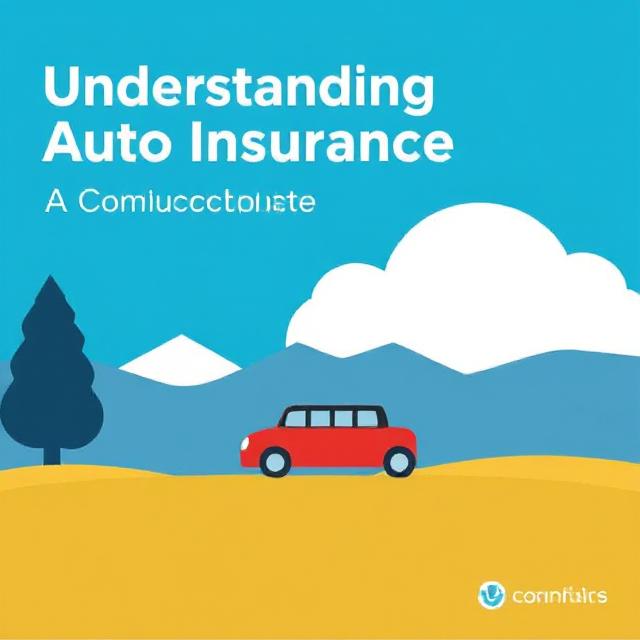Understanding Auto Insurance: A Comprehensive Guide
Auto insurance is an essential aspect of car ownership that can often be confusing. With numerous policies, coverage options, and regulations to navigate, understanding the fundamentals of auto insurance is crucial for every driver. This comprehensive guide aims to simplify auto insurance, making it accessible to everyone.

What Is Auto Insurance?
Auto insurance is a contract between the vehicle owner and an insurance company that provides financial protection in the event of an accident, theft, or other incidents involving the car. In exchange for periodic premium payments, the insurance company agrees to cover specific potential damages, medical expenses, and liability costs.
Types of Auto Insurance Coverage
Understanding the different types of auto insurance coverage is key to selecting the right policy for your needs:
- Liability Coverage: This is often a legal requirement in many states. It helps cover the costs associated with injuries and damages you cause to others in an accident. Liability coverage consists of two components: bodily injury liability and property damage liability.
- Collision Coverage: This type covers damages to your vehicle resulting from a collision with another vehicle or object, regardless of fault. If your car is financed or leased, collision coverage might be a requirement.
- Comprehensive Coverage: Comprehensive insurance protects against non-collision damages, such as theft, vandalism, fire, or natural disasters. This coverage is vital for protecting your investment in the vehicle.
- Uninsured/Underinsured Motorist Coverage: This provides protection if you are involved in an accident with a driver who has inadequate or no insurance. This coverage ensures that you are not left with medical bills and repair costs due to someone else’s lack of coverage.
- Medical Payments Coverage: This coverage helps pay for medical expenses for you and your passengers, regardless of who was at fault in the accident.
- Personal Injury Protection (PIP): PIP is similar to medical payments coverage but can also cover lost wages and other related expenses post-accident.
Factors Affecting Your Premium
Your auto insurance premium can vary significantly based on several factors, including:
- Driving Record: A history of accidents or traffic violations can lead to higher premiums.
- Vehicle Type: The make, model, and age of your car can affect